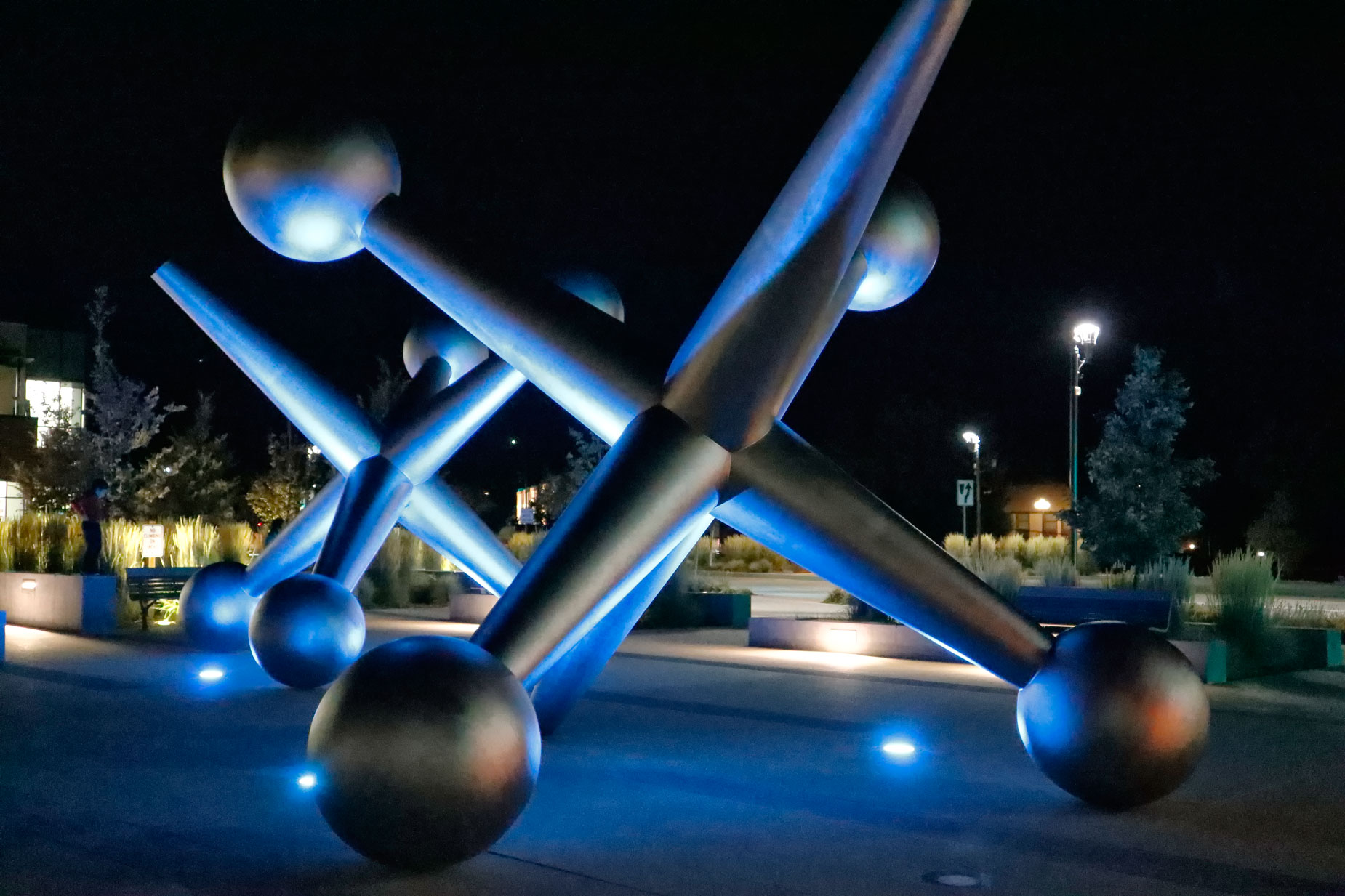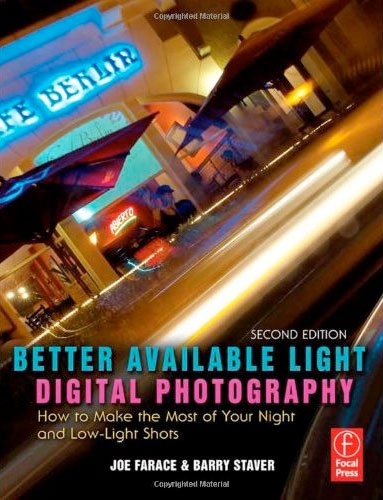For 2025 I’ve retired my #thursdaythoughts theme. . While I search for a new theme, it’s going to be (and may end up as) Anything Can Happen Day, which may have just been what Thursdays were called on the Mickey Mouse Club where I stole the idea!
Today’s Post by Joe Farace
“Night is purer than day; it is better for thinking and loving and dreaming.”— Elie Wiesel
Christopher Weed’s Ball and Jack sculptures—I always call them Jacks and Ball for some reason, was an art commission the artist created for Parker, Colorado’s Discovery Park. According to his website, the sculptures were “Inspired by a classic childhood amusement, the game pieces are translated to a monumental scale but remain grounded to the landscape and accessible to both adults and children.” How monumental you ask? Each piece weighs three tons (2721 Kg) each and are made from stainless steel. Each individual Jack is 14-feet high x 20-feet in diameter.

You may be asking? Haven’t you already beaten photographing the Jacks and Ball sculptures located next to the library to death? Yes that’s true; I even made some portraits there. But I wanted to try again, this time with a more or less standard digital camera, not a film or infrared converted mirrorless camera—but at night. Why? It turns out that there are lights embedded into the pavement around the sculptures and they change color!
My camera for this casual PhotoWalk, actually more of a Photo Stroll if you must know, was the mostly unloved, by Canon, the EOS M6 Mark II, which was company’s toe-in-the-water attempt at creating a mirrorless camera before they moved onto producing the full-frame R-system. Hey they must have made a Mark I right?
The Camera
The Canon EOS M6 Mark II is a mirrorless interchangeable-lens camera that Canon announced on August 28, 2019 but didn’t actually release until September 2019. As with all Canon EOS M series cameras, the EOS M6 Mark II uses Canon’s EF-M lens mount, which the company discontinued in February 2022.
The camera’s sensor size was 22.3 x 14.9mm producing a 1.6X multiplication factor aka crop sensor, a term I dislike intensely because I don’t think it means anything. When 35mm film photography started to become popular, the cameras were called miniature cameras or minicams. Factoid: the wonderful magazine Modern Photography was originally called Minicam Photography when it started in 1937, Now 24x36mm is considered “full frame.”
The EOS M6 Mark II lacks a built-in viewfinder but there was an optional electronic viewfinder that looks really retro and my camera came with one in some kind of bundle that included the EF-M 15-45mm f/3.5-6.3 IS STM kit lens. The lens is unrated by DxO but performs well. it is my only EF-M lens although I tested Sigma’s series of prime f/1.4 lens for EF-M—the 16mm, 30mm and 56mm. These lenses are also available in other mounts including Sony E, Fuji X and Micro Four-thirds. Although not inexpensive, these are impressive optics but are not inexpensive. I wish I could have afforded them.
All on my recent YouTube Channel videos were recorded using this camera and its kit lens. The camera has a tilt screen that can be articulated upwards, so that the user can see themselves on the screen. For sound, the camera has dual microphones for stereo audio recording but it also has a 3.5 mm microphone connection for external microphones, but does not have a headphone port.

Barry Staver and Joe Farace are co-authors of Better Available Light Digital Photography that may be an oldie but, I think anyway, that it’s a goodie. New copies are $21.50 with used copies starting around twelve bucks from Amazon. No Kindle version is available, sorry.